Smart City examples
From parking lot monitoring to waste separation: what smart city examples are there?
There are many examples of smart cities around the world, and more and more cities are recognizing the opportunities created by advancing digitalization. But where exactly are these opportunities? What innovative approaches are cities already successfully implementing? In this article, you can find out more about outstanding examples of smart city applications and how they improve life in urban areas.

Smart city example #1: Intelligent traffic control in Barcelona
Barcelona is a prime example of the successful implementation of intelligent traffic control systems. These systems use a combination of sensors, cameras and big data to monitor and control traffic. The city has installed a comprehensive network of sensors along the main traffic arteries and intersections that continuously collect data.
This data is analyzed in a central control center, where algorithms calculate the most efficient traffic light circuits and make adjustments. These measures have not only enabled Barcelona to significantly reduce traffic congestion, but have also shortened travel times for commuters and improved air quality. In addition, mobile apps provide citizens with up-to-date traffic information and alternative routes to further optimize traffic flow.
Smart city example #2: Waste management in Stockholm
Stockholm has developed a state-of-the-art waste management system based on pneumatic waste transportation systems. This system, known as “Envac”, uses a network of underground pipes to transport waste from households and public waste garbage cans to central collection stations. The waste is thrown separately into the respective garbage cans at drop-off stations at various locations in the city and then transported to the collection points through the pipe system using air pressure.
This innovative system offers numerous advantages. It reduces the need for refuse collection vehicles, which leads to less traffic congestion, noise and emissions. It also makes for a cleaner city, as overflowing garbage cans are avoided. Monitoring enables the municipal authorities to plan waste disposal efficiently and make optimum use of resources. This system is an excellent example of how technology can help solve urban environmental problems.
Smart city example #3: Intelligent lighting in Los Angeles
Los Angeles has established itself as a pioneer in the use of intelligent lighting. More than 10 years ago, the city implemented a comprehensive program to switch to LED streetlights equipped with the latest technology. These intelligent streetlights have motion sensors that detect when people or vehicles are approaching and adjust their brightness accordingly. This not only ensures more energy-efficient lighting, but also increases public safety, as dark streets are better lit when they are in use.
In addition, the streetlights are integrated into a central control system that makes it possible to individually control the lighting in different parts of the city. On special occasions or in emergencies, the lighting can be adapted to meet specific requirements. The switch to LED technology has significantly reduced the city’s energy consumption and drastically cut street lighting costs.
Smart city example #4: Monitoring public safety in London
London has an extensive network of surveillance cameras, known as the “Ring of Steel”, which is used to monitor public safety. In fact, the model has been around for several decades, but the technology is constantly being adapted and modernized. Digital and analog cameras are distributed throughout the city and serve to prevent and investigate crime. The video recordings are transmitted to control centers where they are monitored by security forces. The cameras are often equipped with advanced technology that makes it possible to quickly identify and track suspicious persons.
Smart city example #5: Smart traffic lights in Moscow
Moscow has installed a network of intelligent traffic lights equipped with surveillance cameras. These cameras record the traffic flow and traffic density in real time. The collected data is analyzed in order to dynamically adjust the traffic light circuits and optimize the traffic flow. This technology has enabled the city to significantly reduce the average journey time and improve the efficiency of the urban transport network.
The optimization takes place in 3 steps. A computer vision module analyzes the vehicles and passes on information about their position and speed. The data is used to train an AI-supported traffic simulator, which can ultimately make recommendations for controlling the traffic lights. The final step is integration into Moscow’s transport system
Conclusion
In this article, we could by no means go into all the Smart City examples. That would go far beyond the scope of this article. As technology advances, there are more and more approaches to making cities more sustainable. The goals also vary enormously. Ways can be found to make cities more digital for reasons of sustainability, poor air conditions or difficult basic starting situations.
Smart cities are a dynamic and constantly growing concept that aims to make urban areas more efficient, safer and more liveable through the use of modern technologies. The examples we have examined clearly show how different the approaches can be, depending on the specific challenges and needs of each city.
In Barcelona, intelligent traffic control optimizes the flow of traffic and reduces environmental pollution. With its pneumatic waste management system, Stockholm has found innovative ways to improve urban cleanliness and dispose of waste more efficiently. Los Angeles uses intelligent lighting systems to save energy and increase safety.
These examples are just the tip of the iceberg. Technological advances are constantly opening up new opportunities for cities around the world to improve their infrastructure and make life easier for their citizens. Machine Vision is a particularly growing field within Smart City technology.
Image processing systems play a decisive role in many areas of urban administration and infrastructure. In London, surveillance cameras are used to ensure public safety and prevent crime. Singapore uses traffic monitoring cameras to analyze traffic flow and avoid traffic jams. Seoul uses surveillance cameras to monitor illegal waste disposal and keep the city clean. New York has developed a comprehensive surveillance system that combines cameras and data analysis to improve security. Moscow uses smart traffic lights equipped with cameras to control traffic efficiently.
These image processing systems enable cities to capture and analyze data in real time. This enables the municipal authorities to respond more quickly and efficiently to various situations. For example, real-time traffic monitoring can help to prevent accidents and improve traffic flow. Surveillance cameras can help prevent crime and increase public safety. Waste monitoring systems can help to ensure the cleanliness of the city and prevent illegal waste disposal.
In summary, it can be said that image processing systems are an essential component of smart city technology and will become even more important in the future. They offer a wide range of opportunities to improve urban infrastructures and enhance the quality of life for citizens. Given the rapid pace of technological developments and the increasing availability of data, we are likely to see many more innovative applications of these technologies in smart cities around the world. The future of urban development is undoubtedly digital, and machine vision systems will play a key role in making this vision a reality. And we and our smart camera are part of it.
Other contributions:
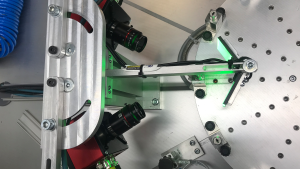
Finally: The new VIU2 PoE camera is here!
The VIU2 PoE camera is here! You can find out why PoE is an important feature in this article.

Finally: The new VIU2 PoE camera is here!
The VIU2 PoE camera is here! You can find out why PoE is an important feature in this article.

5 real-life smart city examples
What smart city examples are there? You can find out in this blog article.

Object recognition with Machine Vision
Object detection is an important way for many industries to sort out faulty components.

Process monitoring through Machine Vision: 100% effective and efficient!
Process monitoring with Machine Vision Your processes always in view: Why Machine Vision is crucial Effective process monitoring is crucial to the success of a
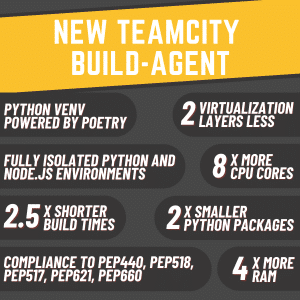
New Teamcity Build Agent
We got a new Teamcity build agent last week. Read here how exactly we benefit from this!
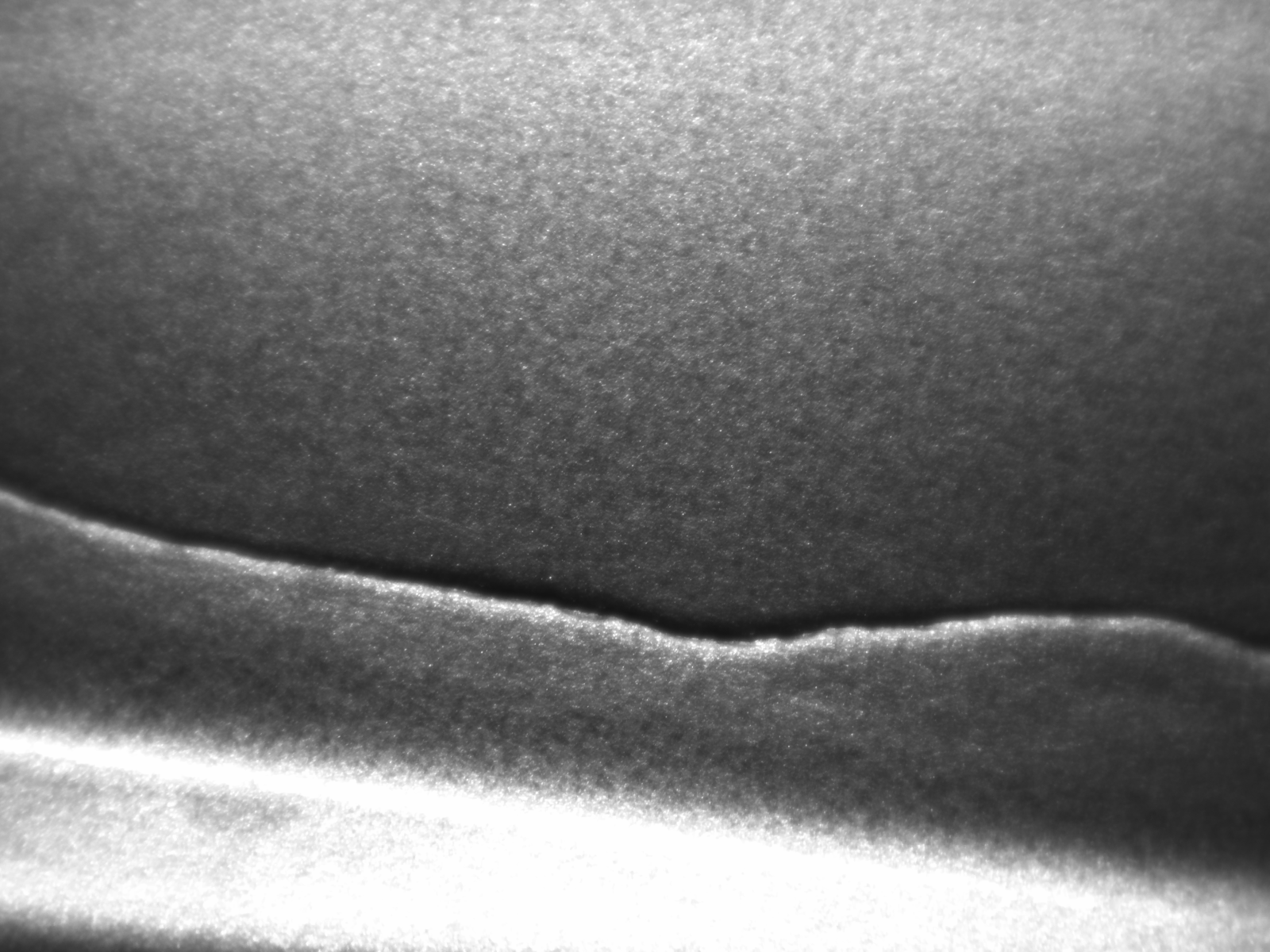
Crack detection in the pressing plant
Cracks on components manufactured in the press shop can often be detected at an early stage. Find out more about this use case.

Different light colors
How important is the color of light in the choice of light for an image processing system? What are the differences?
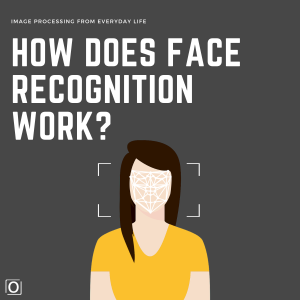
How does face recognition work?
Most of us are confronted with it every day: Facial recognition. But how does it actually work?

Smart Camera in a CNC machine?
An evoVIU has been hanging in our CNC machine for a few months now. Here’s our why, how, and a look at how it’s worked so far.
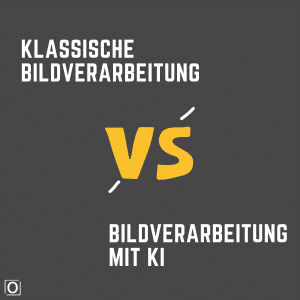
Classic Machine Vision vs Machine Vision with AI
What actually distinguishes classical Machine Vision from Machine Vision that uses AI? Is AI always better?
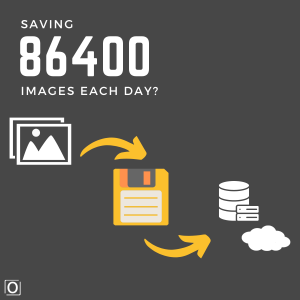
Saving images in image processing projects
What actually happens to the vast quantities of images that you take every day if you have an integrated image processing system?
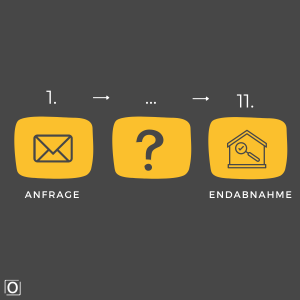
What is the procedure for an image processing project?
What actually happens after you realize that you can solve an existing problem with an image processing system?

Release of the evoPowerbank
We have released the evoPowerbank – a battery adapter for industry that supplies power where no fixed supply is possible.

Machine Visionas a solution to the shortage of skilled workers?
Germany as a business location is currently being put to the test. Can Machine Visionimprove the skills crisis?

Potential Industry Sectors for Smart Cameras
Smart cameras are used in many different industries. There are new challenges in every industry.

OCR – What does it mean?
OCR is a text recognition technology. Using OCR, it is possible to convert analog text into machine-readable characters.

